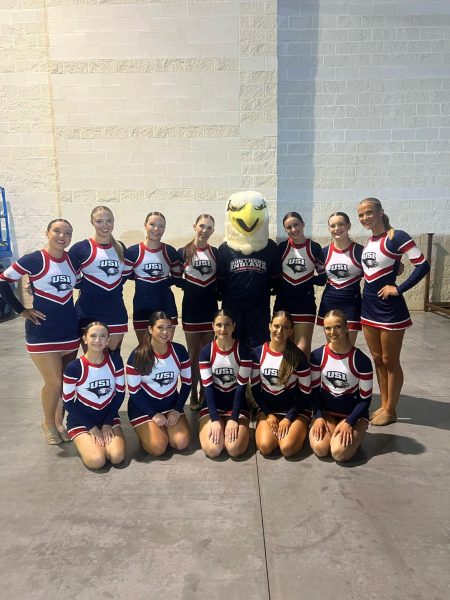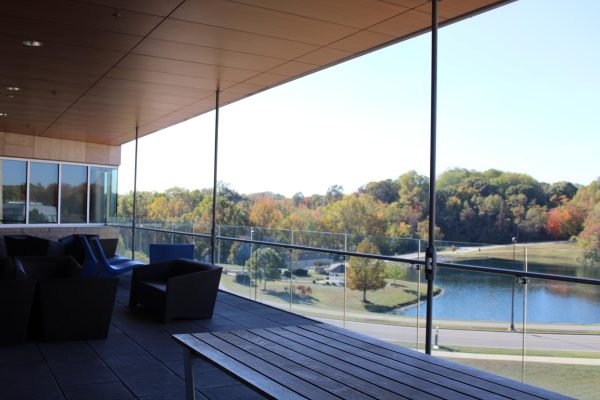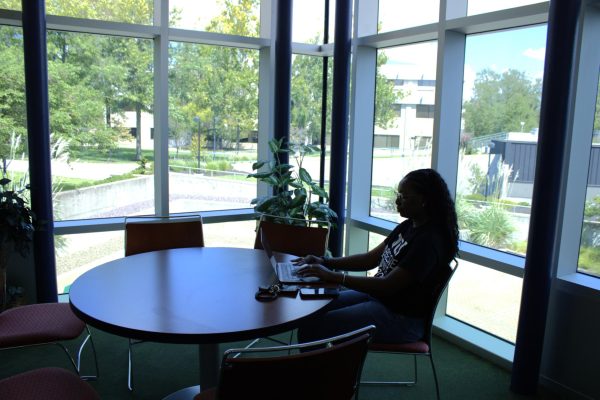Our nonexistent public transportation
It isn’t something that’s ever given much thought in the United States, and especially in our area of the country. We’ve grown up without it for the most part, and many of us start driving to school as soon as we turn sixteen years old.
But when you leave the country you notice it, or when you talk to those who are new to the area (like international students), they bring it up. It’s something that could be an unexpected solution to many regional, national and even global problems.
It’s public transportation.
The first time I ever visited Europe was during USI’s short-term study abroad program to Osnabrück, Germany. Besides many of the obvious awes of being immersed in a different culture for the first time, I noticed one thing about this city roughly the same size as Evansville: people moved around with ease, whether it was by bike, foot or bus.
And I noticed this, even more, when I spent the past semester in a city twice the size of Evansville, which was Graz, Austria, where there were more trams, buses and bikes than there were people.
This positive culture shock didn’t stop at city transportation. I quickly found out in Osnabrück and Graz that I could get basically everywhere in Europe affordably with a bus or train.
Suddenly I could live my life without a car, which, considering my driving record, was the best thing for not only me but everyone around me.
America was built for the car, and that is most likely the difference. From the huge expansions of cities in the early 20th century to the beginning of the interstate system under President Eisenhower in the 1950s, the car has transformed America and made being able to drive essential.
Those who have lived here their entire lives take that for granted. International students coming to USI are a bit more surprised.
My roommate for the past three years has been an international student. Because of him, I have been able to meet many people from all over the world. Possibly because they’re stuck on USI’s campus for a semester or even a year.
Not to say the students I’ve met haven’t enjoyed their experience here. USI’s campus is almost like a small town, so there are plenty of resources and people to socialize with.
But think about how much more enriching their experience would be if students could hop on a bus to Nashville for $10 on the weekend, or take a train to the Shawnee National Forest, or just get across Evansville without using 3-4 hours of their time.
The international office does take several trips, which is a great opportunity for international students to explore the area. But the international student example is only one case study of a larger problem here in the United States.
We want to improve the environment and our lifestyle as a society, but we don’t have viable options for regional and national transportation. And city transportation varies at best.
There are many things we do well here in the U.S., but to improve, we have to focus on what we don’t do as well and figure out ways to change it.










